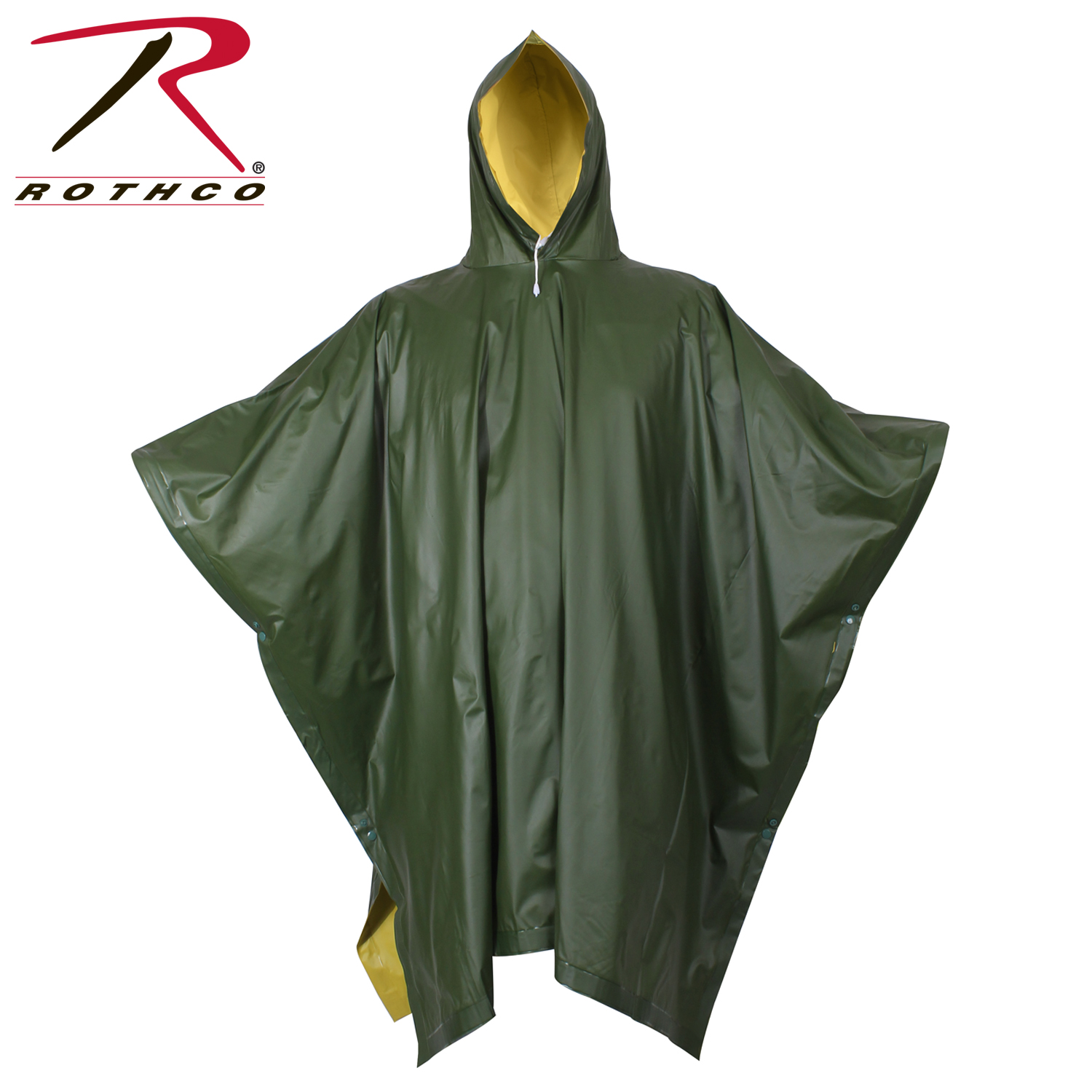
Birdskin shirts, with the feathers on the outside, provide excellent protection from rain as they repel moisture. The Inuit, Aleuts, and many other peoples in the Arctic region have traditionally worn shirts, coats, and parkas made from the skins of seal, sea otter, fish, and birds.

The particularities of the Arctic climate gave rise to a distinctive culture of waterproof clothing. In addition to the decorative function, fringe would pull water off the main portion of their clothes so that the garment dried quicker. Throughout much of Eastern and Midwestern regions of North America, many Native American nations used treated leather from a variety of animals to create waterproof clothes, sometimes covered in fringe, to stay warm and dry.

The indigenous peoples of the Northwest Pacific Coast wore raincoats and other clothing made of woven cedar fiber which, depending on the tightness of the weave, could be dense and watertight, or soft and comfortable. These rubberized fabrics were crafted into waterproof cloaks, direct precursors to the modern raincoat, as well as other waterproof clothing like shoes. They developed methods to extract natural latex resin from the rubber tree ( Hevea brasiliensis), and cure the latex resin into stabilized rubber using the sulfuric compounds of the morning glory in order to create some of the world's first waterproof textile fabrics using cotton and other plant fibers.

The Olmec Native Americans first invented rubber sometime before 1600 BCE. One of oldest examples of rainwear recorded is likely the woven grass cape/mat of Ötzi, around 3230 BCE. A Native American shepherd wearing a capote


 0 kommentar(er)
0 kommentar(er)
